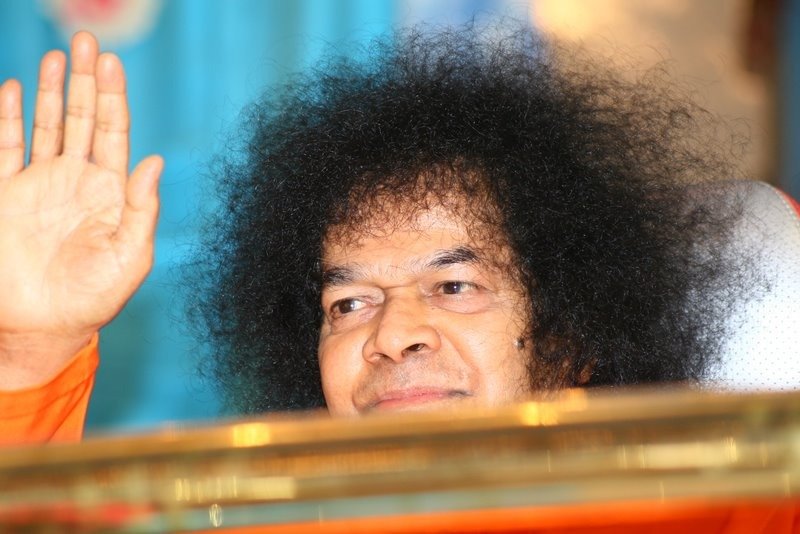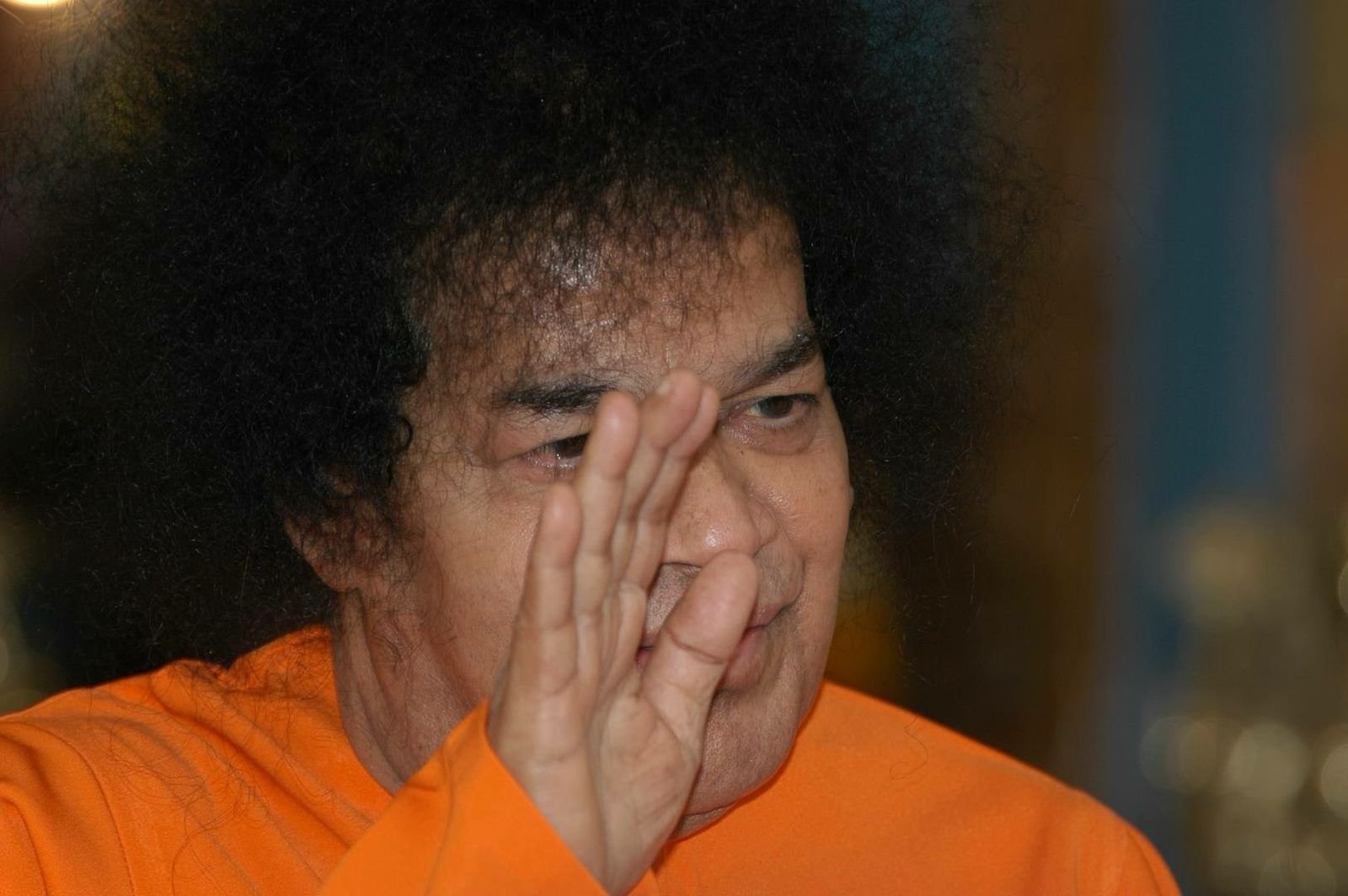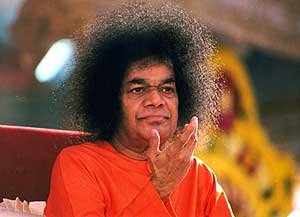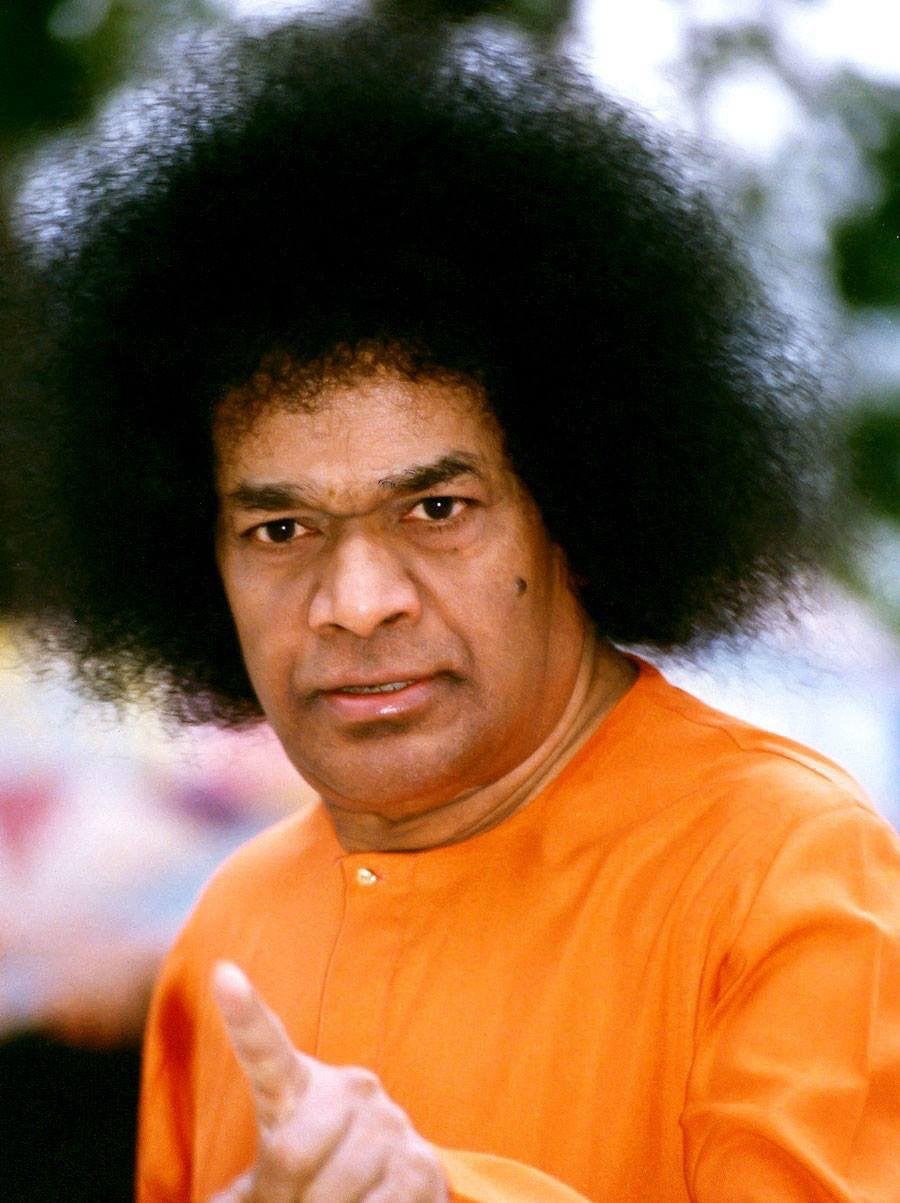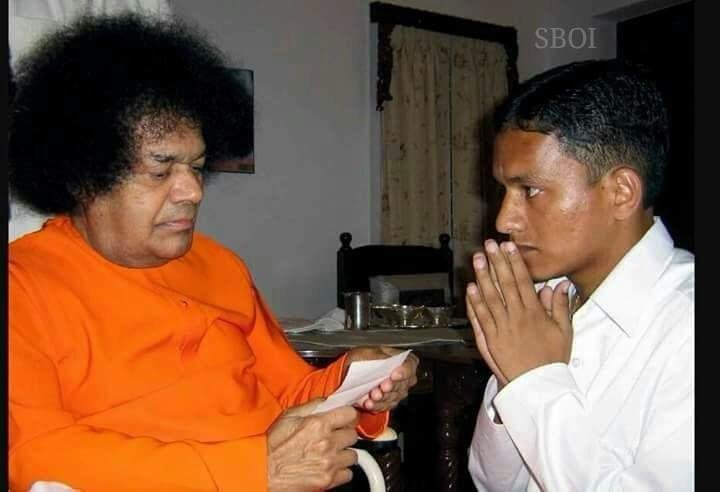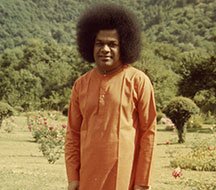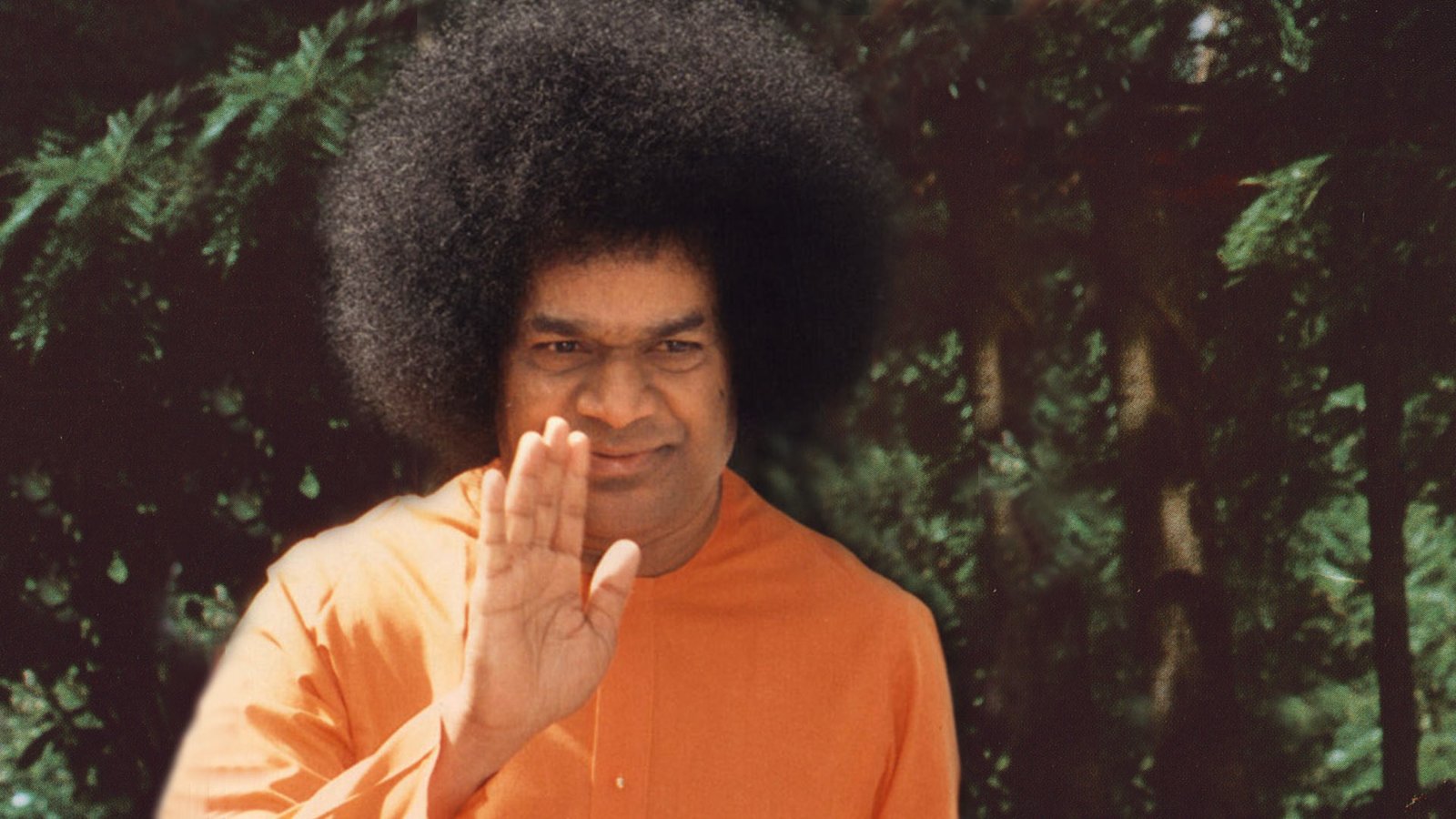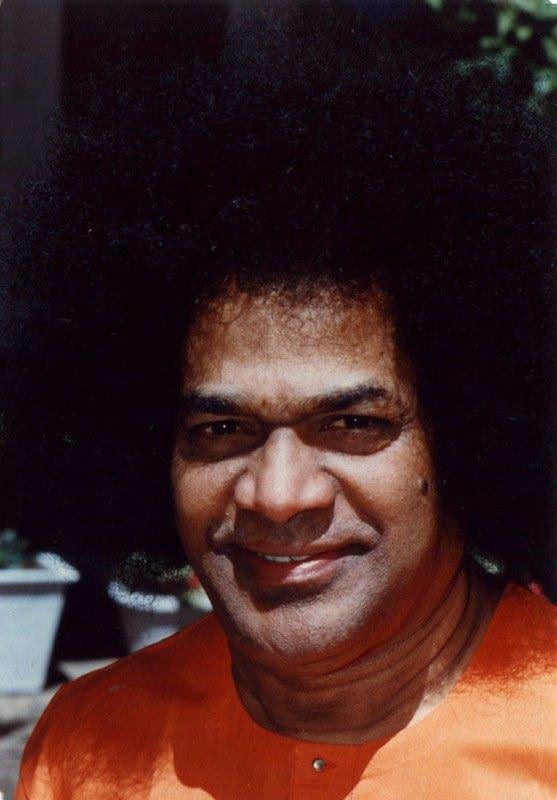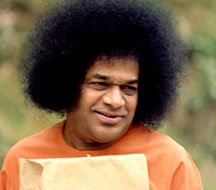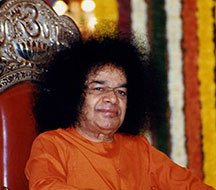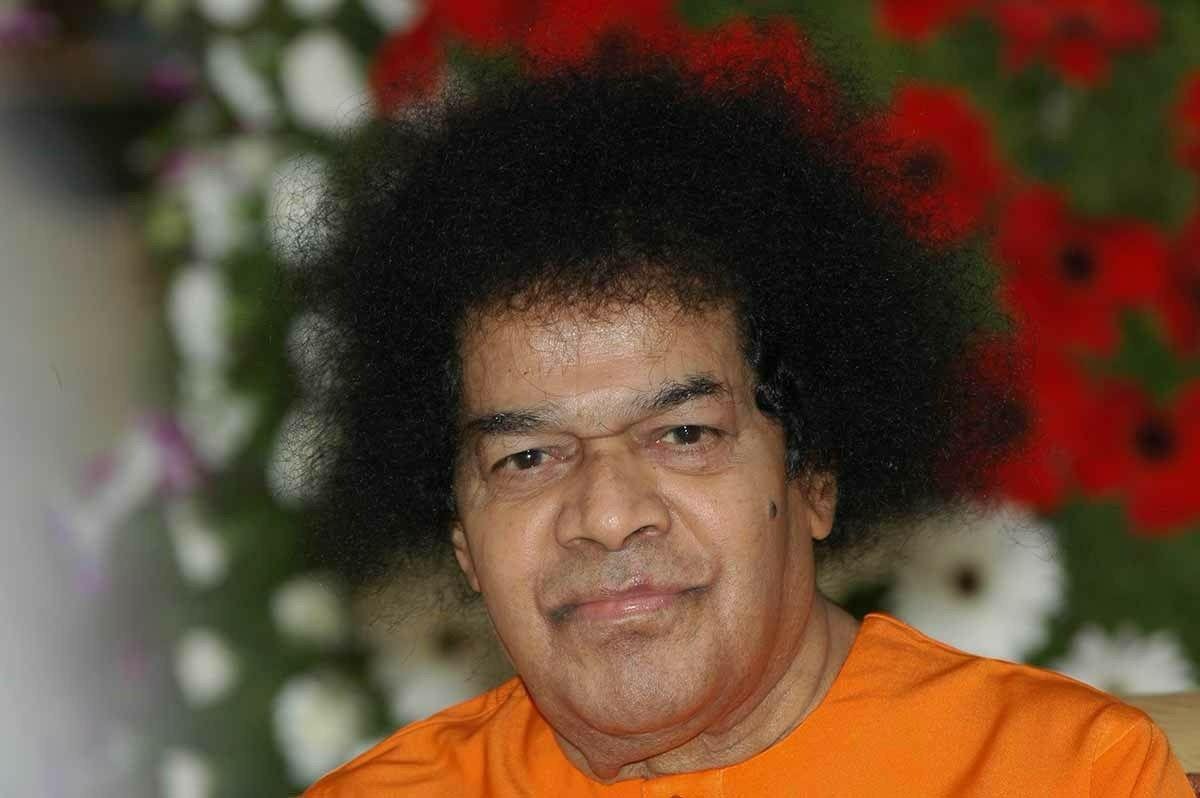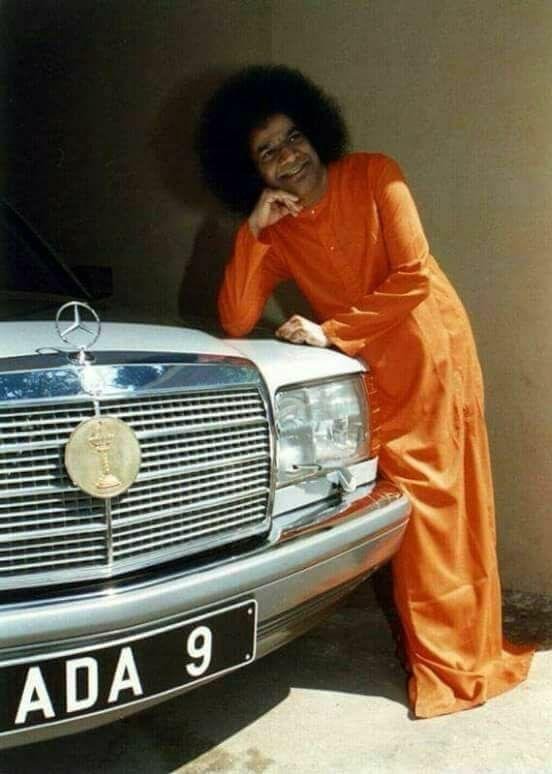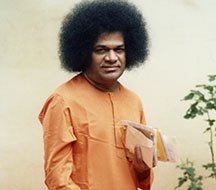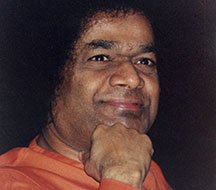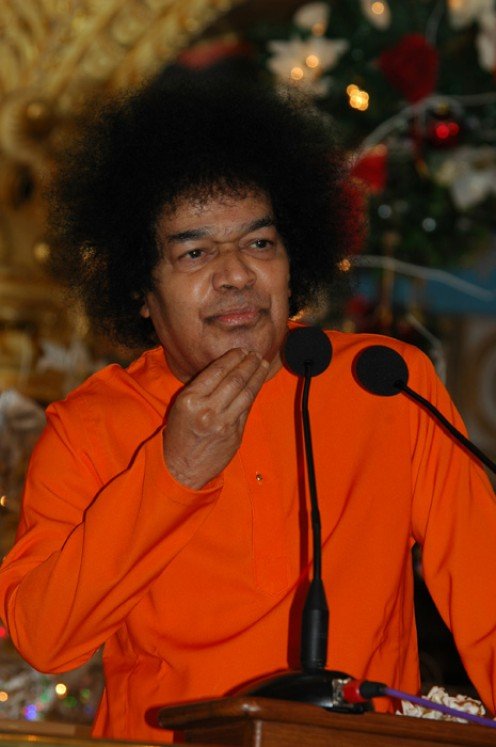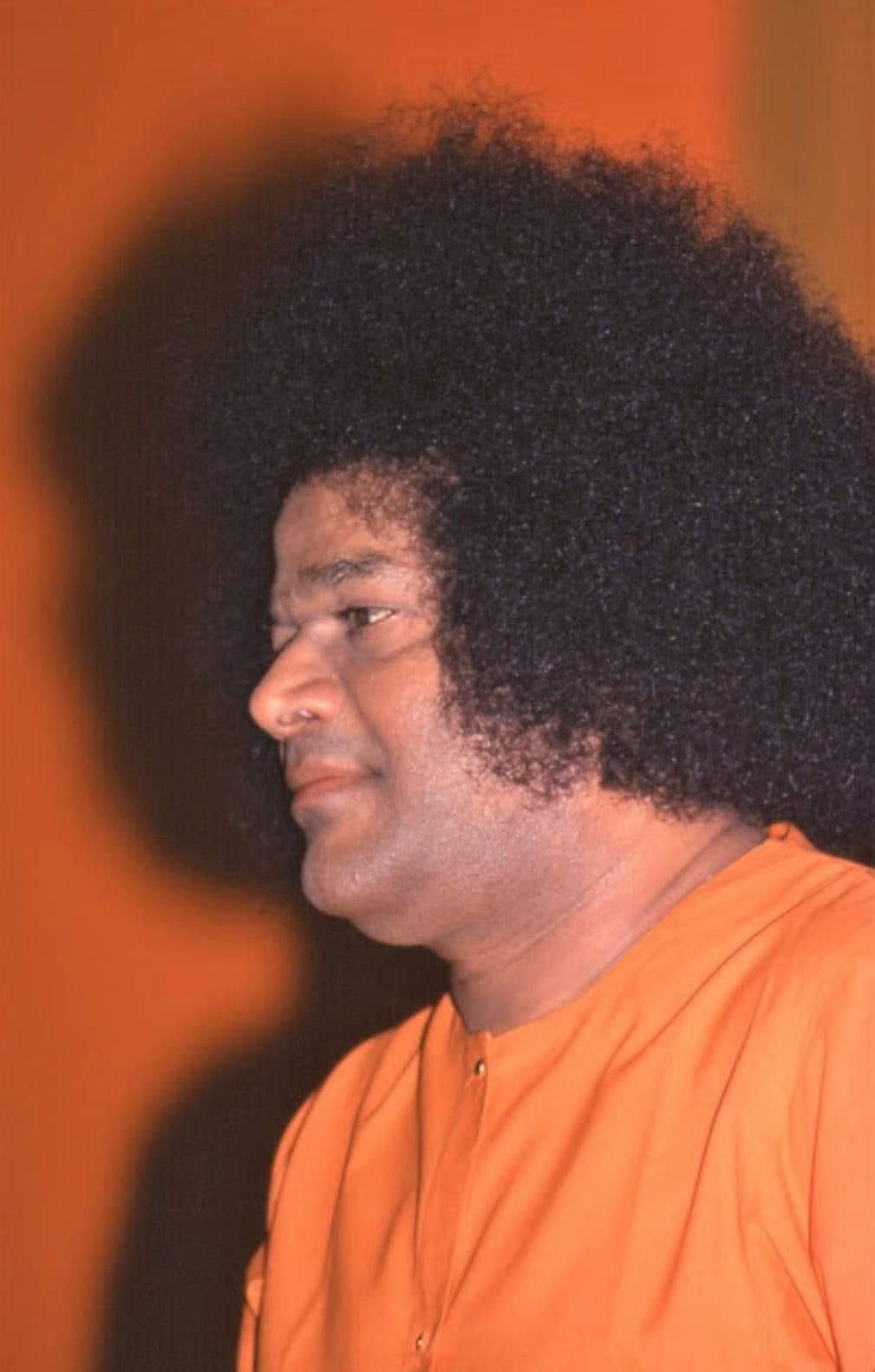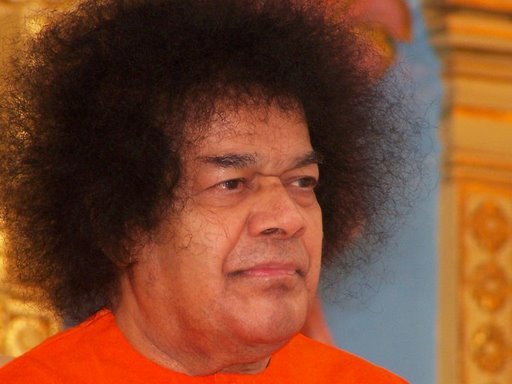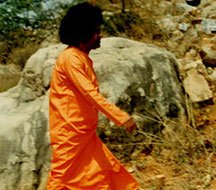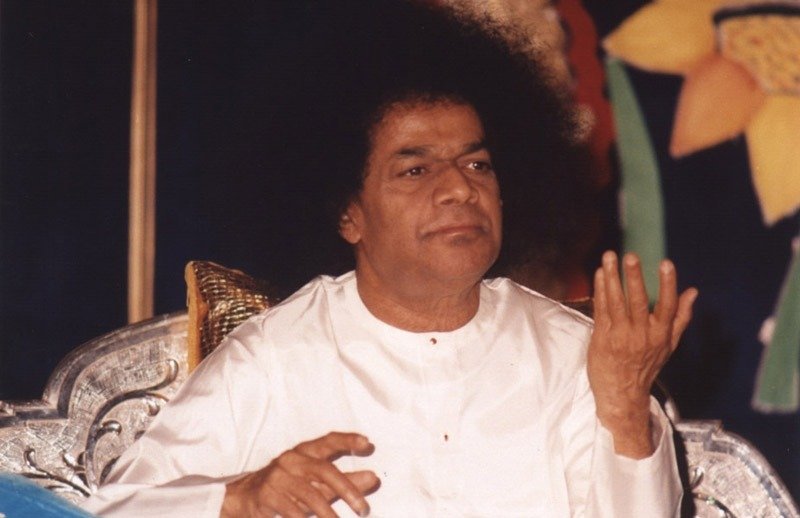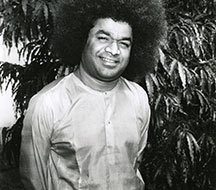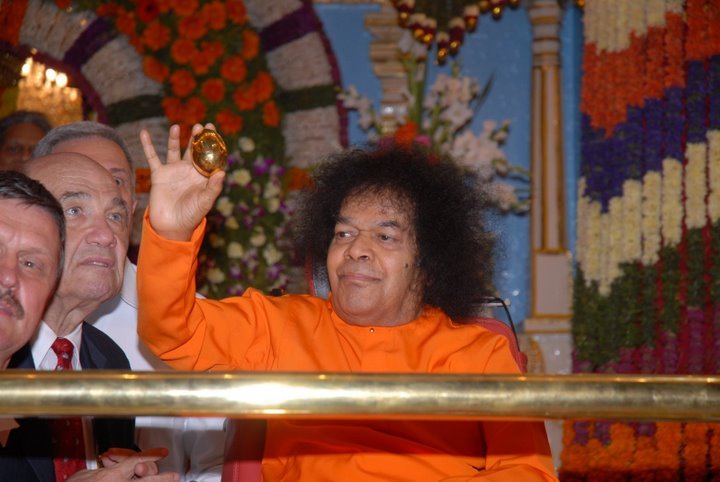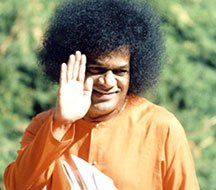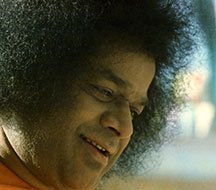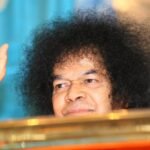Shri Sathya Sai Baba Chinna Kathas ŌĆō Self
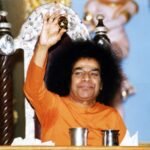
1.- Understand yourself; Sanath Kumara to Narada
┬Ā
Description
Once Narada met Sanath kumara and asked for enlightenment. Sanath kumara asked Narada about the special power which Narada had acquired because of his learning. To this Narada replied that he knows all that is contained in the four Vedas and the six Shastras. Sanath kumara smiled at this reply and said that while it is a matter of great satisfaction that Narada had learnt the Vedas and the Shastras but he would like to ask whether he had learnt anything of the self and whether he had understood himself. Sanat kumara then told Narada that so long as one does not understand oneŌĆÖs self, the knowledge of all the Shastras, all the Vedas, of the Gita and the Upanishads becomes quite useless. Your knowledge will become useful only when you are able to realise the nature of the self. What is important is the Adwaitha darshana. You should be able to realise and understand the non-dual aspect that is pervading the entire universe. Today in the world, without making an effort to understand oneŌĆÖs own self, people are imagining that they are achieving many great things with the help of modern science, and in the process they are putting their feet into many difficult situations. By saying that they are able to travel far into the sky, see the stars, go to the moon and set up camps there, they are only building castles in the air. They may partially succeed in doing such things, but if in the process they do not understand the Self and if they do not have peace of mind for themselves, they are very foolish indeed.
Listen To Full Discourse
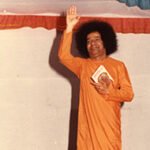
Cross the cycle of birth and death
Description
Man generally desires to get something and in fact gets something different. By his ambitions and in his imaginations, man builds up several ideas which are like the nests of various birds. These desires are not generally fulfilled in the manner in which he wants them to be fulfilled. Life is like a long garland. This garland has two ends, one the birth and the other the death. In between these two ends, the garland consists of many flowers. Your dreams, thoughts, ideas, sorrows, joys and pleasures are the various flowers that make up this garland. We have to consider and come to a conclusion whether we shall regard life itself as the garland or whether we shall regard the connections of our body with life as the garland. When we look at the two ends of this garland, it will be quite clear that these ends, the birth and the death, are relevant only to the body and not to the Jiva inside the body. In that context, whether it is pain or pleasure, sorrow or happiness, dream or imagination, all of them are concerned with the body and not with the Jiva. It is the body which is undergoing many changes and transformations. The Atma does not undergo any change but remains permanent, steady, pure, selfless and firm. Truly, our body goes through various stages like boyhood, youth, adolescence and old age.


